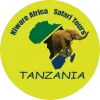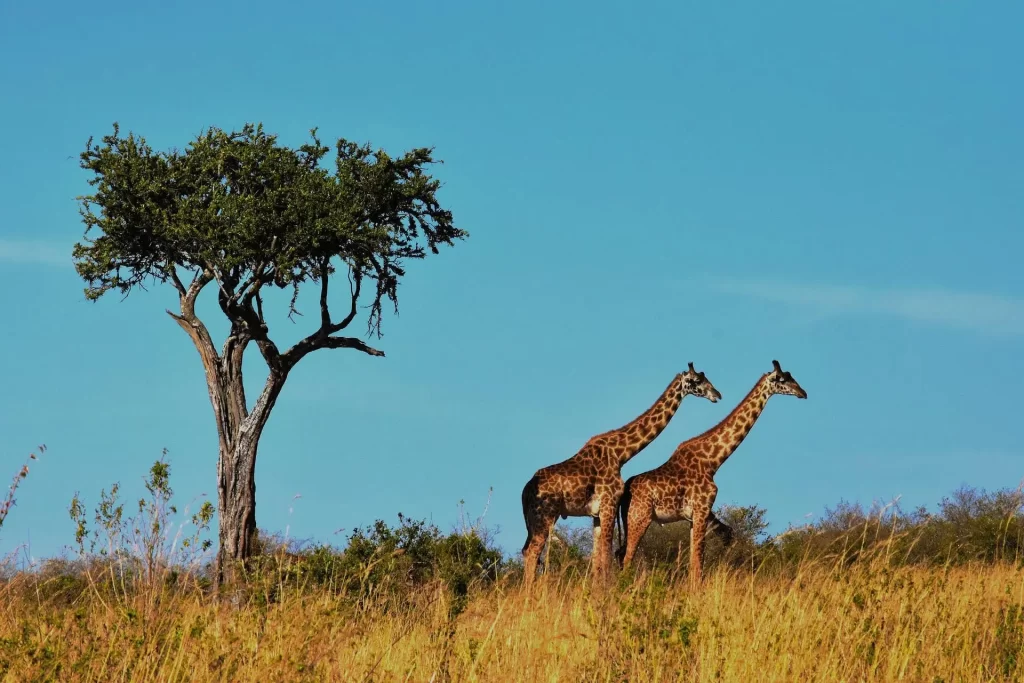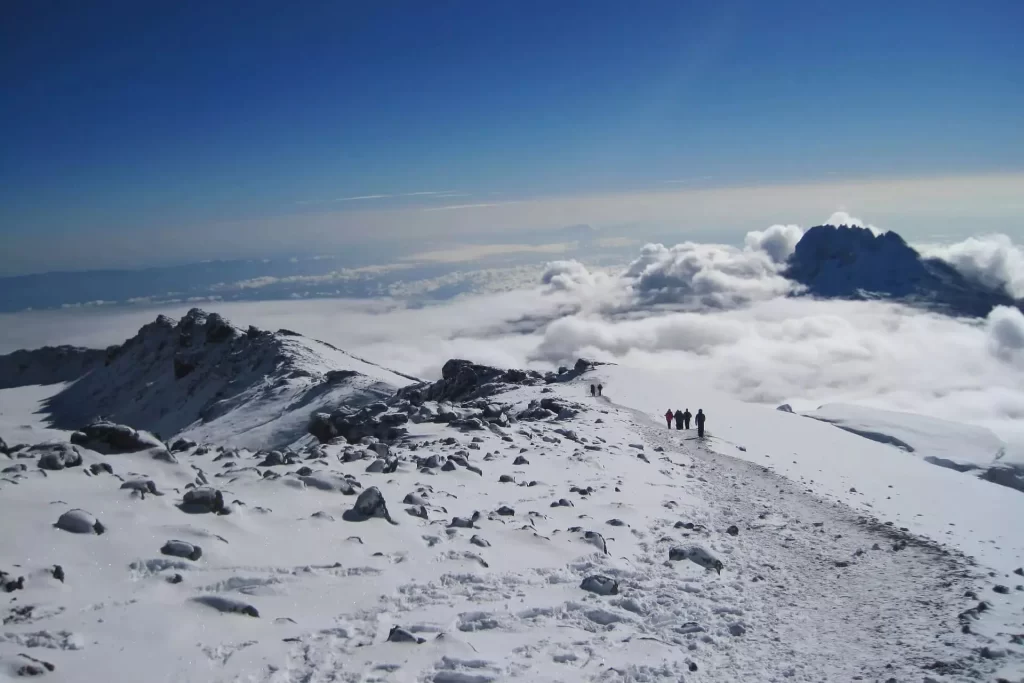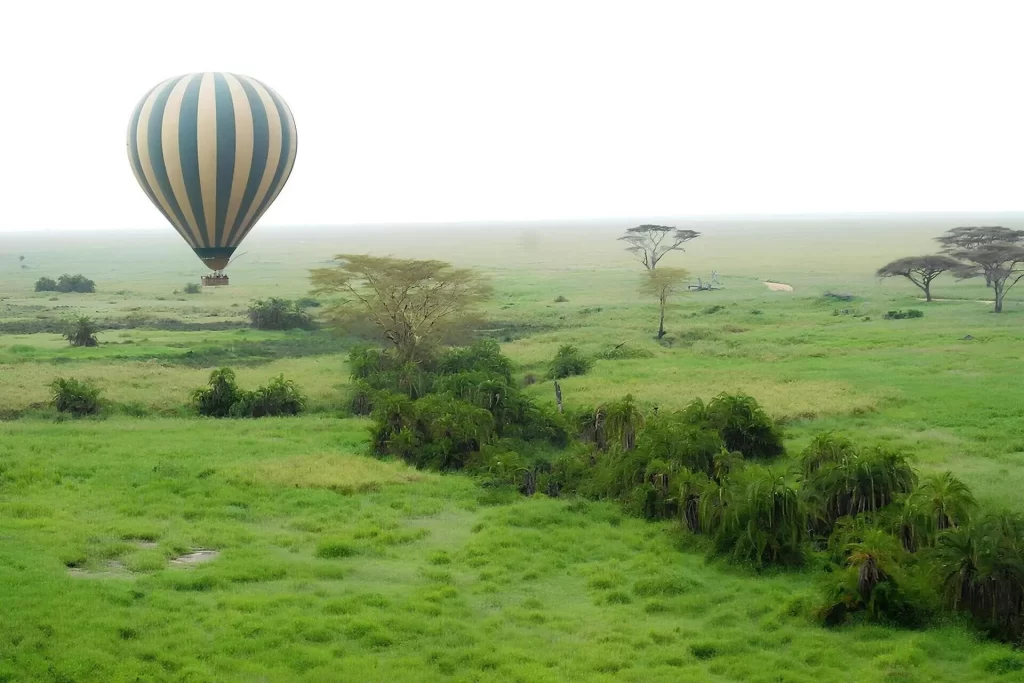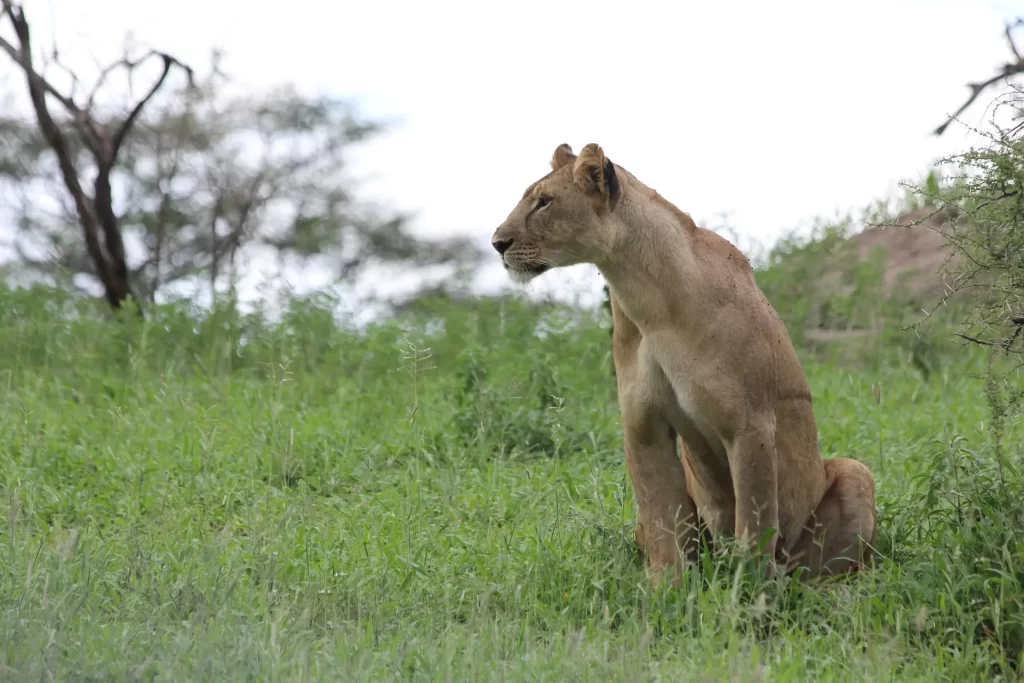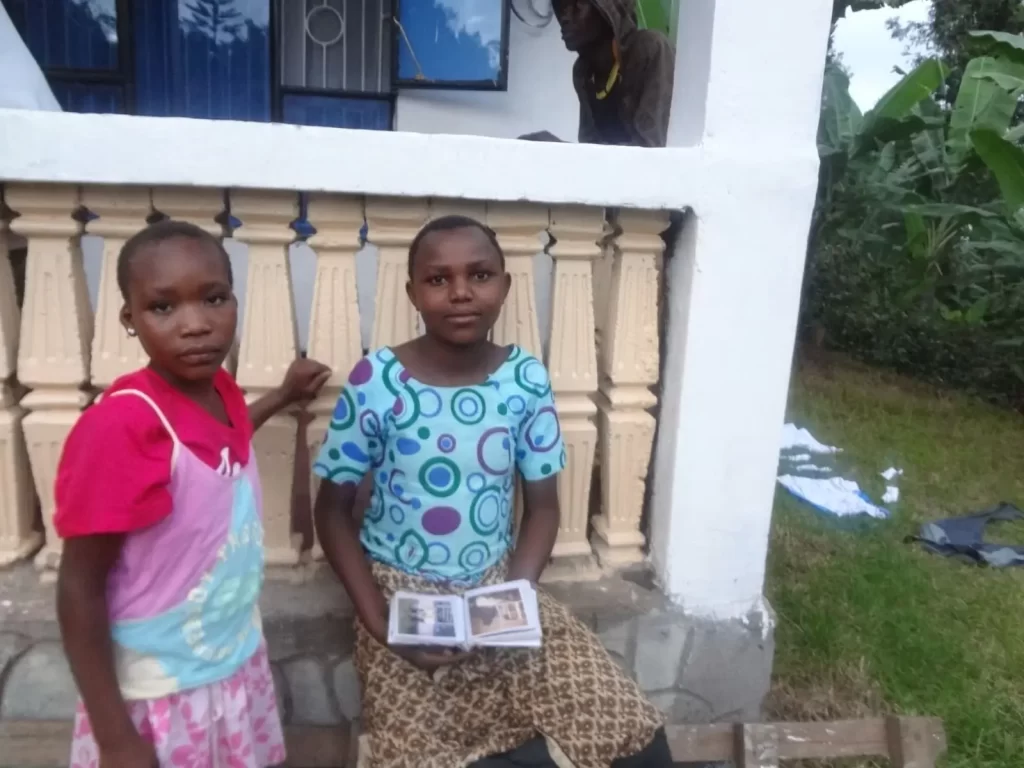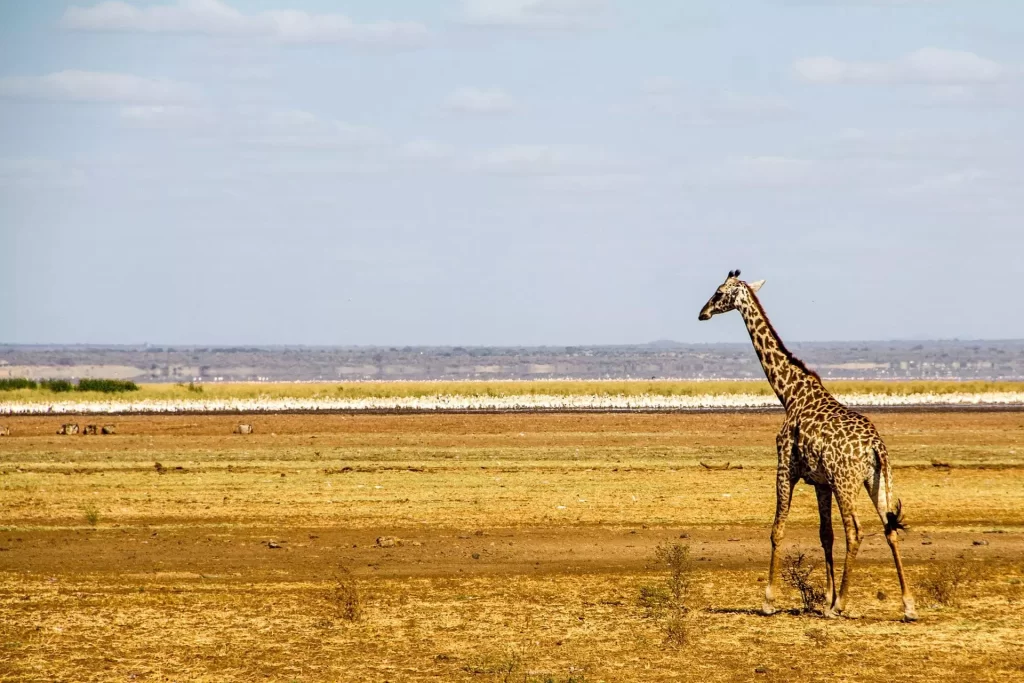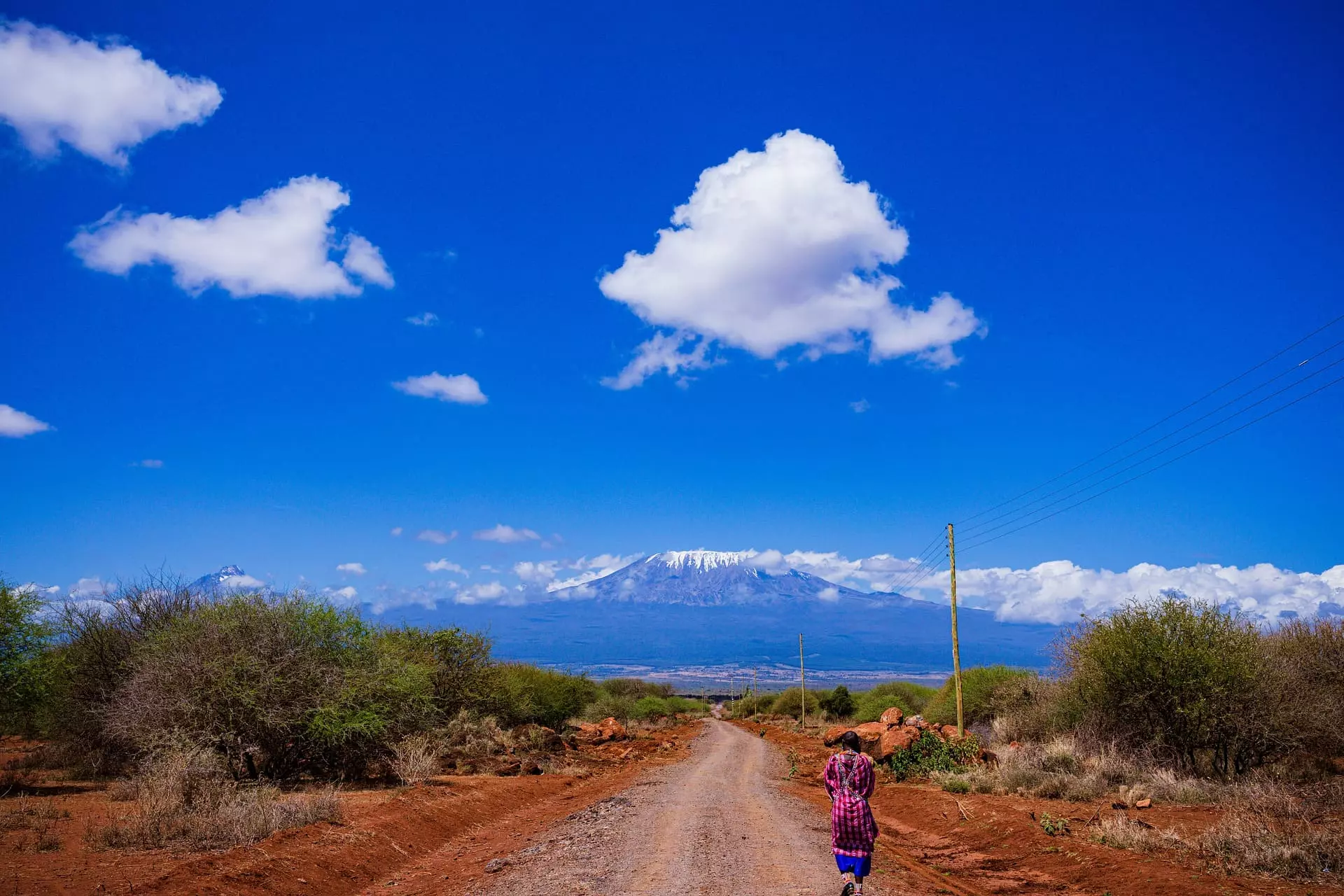

Overview
Marangu, also known as the Coca-Cola Route, is one of the most popular Kilimanjaro routes. This is the only road equipped with useful sleeping huts during the rainy season. Another great thing about climbing Kilimanjaro along the Coca-Cola Route is the view of the Kibo and Mawenzi volcanoes!
The Marangu Route itinerary lasts 6 or 5 days and the fastest climb (5 days) is a good option for experienced climbers. If this is your first time climbing Mount Kilimanjaro a 6 or 5 day trek on the Marangu Trail is sufficient as the extra days are beneficial for acclimatization.
We recommend this route for beginners and those who prefer comfortable conditions. The Marangu route is approximately 64 kilometers.
Trekking From Marangua Gate To Mandara Hut
Your guide and mountain support team will arrive at your hotel in the morning to pick you up give you a briefing and then drive you to Marangu Gate (1860m) the eastern entrance to Kilimanjaro National Park. After obtaining express exit permits and registering with search and rescue services the group begins the trek to Mandara Reserve (2700m). As the hiking route passes through rainforest (hot showers are likely) we recommend bringing a raincoat in addition to a change of clothes. Once you arrive at camp Alpine support staff will attend to your needs set up your tent and prepare lunch.
Throughout the Marangu route you will spend the night in special huts. This is a great option for people who dont want to sleep in a tent. Today will be your first day at this altitude so from this point it is recommended that you pay attention to the following instructions:
Climbers should take Diamox in the morning before climbing to reduce discomfort associated with altitude sickness. We recommend that you consult a doctor before your trip.
At night you may experience discomfort related to adaptation to high altitude: your body receives less oxygen than during the day because your breathing pattern slows down while you are awake. Due to the altitude you start to feel sick and have a headache. Pay attention to your body and inform your guide if you start to feel symptoms of altitude sickness.
Elevation Change:
Trekking From Mandara Hut To Horombo Hut
After an early breakfast, the group begins a gentle hike from Mandara Hut to the second highest camp, Horambo Hut (3720 metres). Upon arriving at the camp this day you will have the opportunity to see the views of two volcanoes at the same time: Kibo Volcano and Mawenzi Volcano.
A few hours after lunch we will complete the 200 meter acclimatization walk to Hope Hut. After the climb, we will go to the Horombo cabin where you will have dinner.
“Note: Please note that this is the easiest way to adjust the height. The altitude acclimatization hike should be taken seriously. They will increase your chances of climbing Kilimanjaro and help protect you from the effects of altitude sickness.”
Altitude difference:
Change in Elevation:
Trekking From Horombo Hut To Kibo Hut
After breakfast we will head to Kibo Hut (4700 m). Hiking to the top of Kilimanjaro is not difficult as long as you maintain a reasonable pace to maintain your strength. When you arrive at the camp, we recommend that you sleep as much as possible after lunch, avoid any strenuous activity, and drink plenty of water.
Change in Elevation:
Trekking To Uhuru Peak And Descent To Horombo Hut
Depart overnight from Kibo Hut (4700m) and begin the journey towards the summit of Kilimanjaro Uhuru Peak (5895m). The walk will be calm for the physique, but the altitude is a more serious problem. Throughout the entire route, each pair of climbers will be accompanied by their respective guide who will monitor their resistance and mental strength. After successfully climbing Uhuru Peak, you can descend to the nearby glacier if you wish. You will then return to Kibo camp and after a two-hour rest continue to Kasollen Horombo (3720 m).
“Note: Don’t forget that 90% of all accidents occur during the descent, including all broken arms and legs. Please pay attention to your feet as your toenails are more susceptible to damage.”
Change in Elevation:
Descent From Horombo Hut To Marangu Gate
In the morning you will be served a hot breakfast and then head to the exit of Kilimanjaro National Park. Once you get there, the entire group will gather to congratulate you and then you will have the opportunity to share their experience about the trip in the guest book. Finally we will deliver a commemorative certificate to our office and we will take you to your hotel.
Change in Elevation:
Our guides
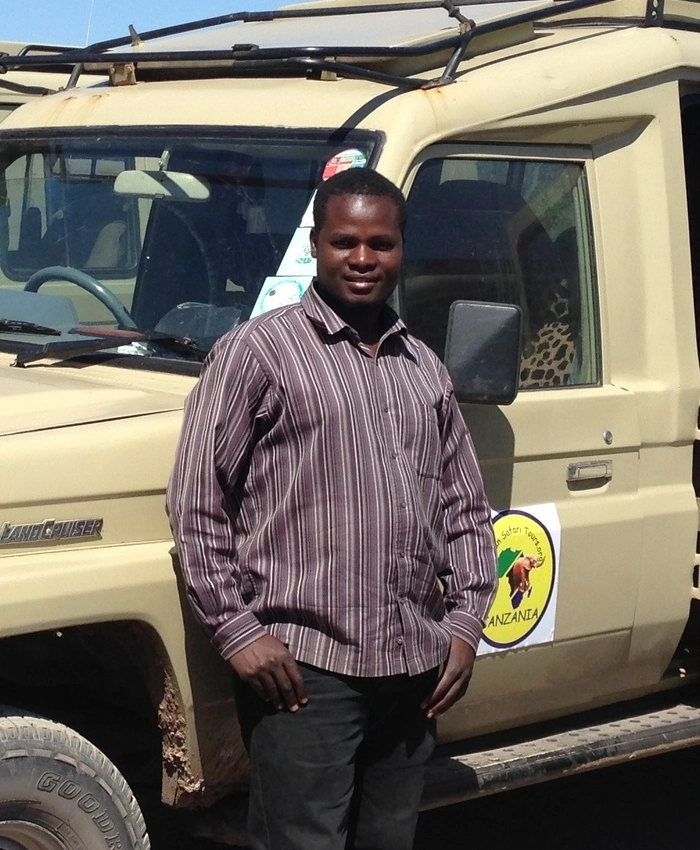
Harry

Ombeni
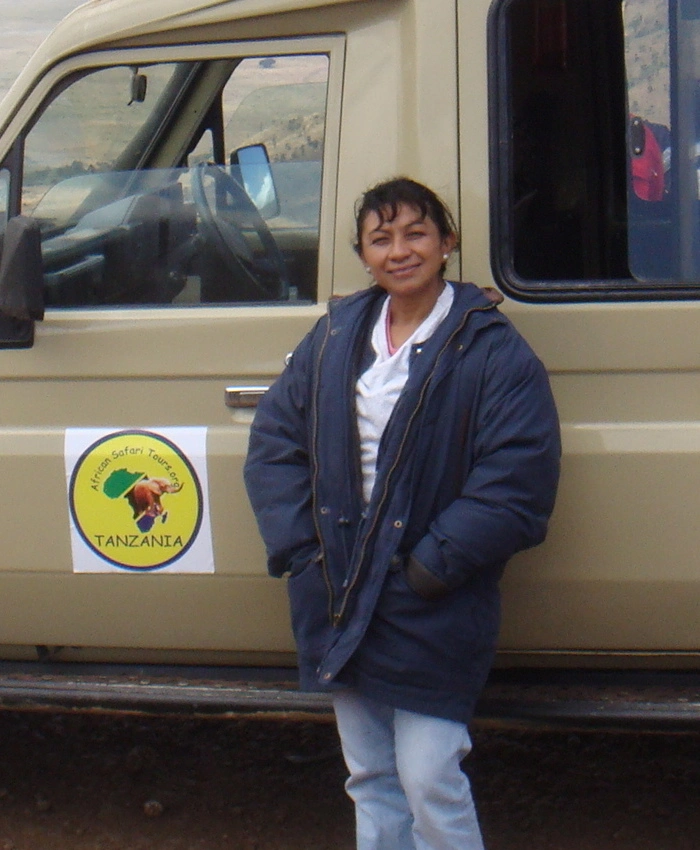
Ayanna
Satisfied Customers
Tanzania gallery
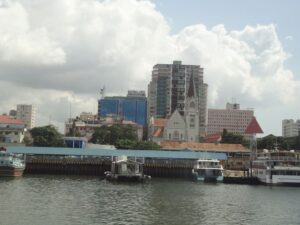
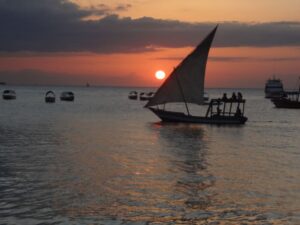

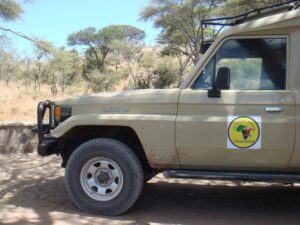
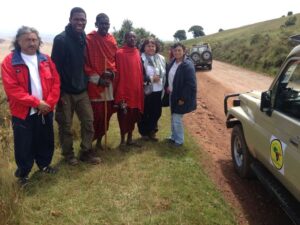
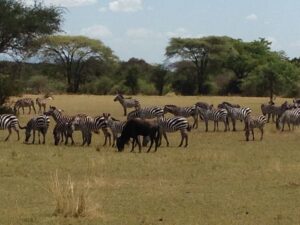
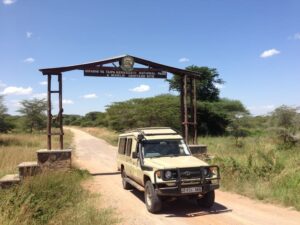
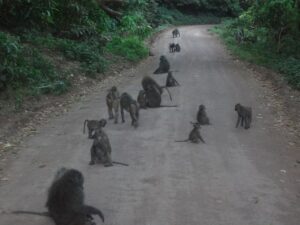

Itinerary Highlights
Unforgettable journey through Tanzania, a country rich in cultural heritage and historical significance. Our Cultural & Historical Tour is designed to immerse you in the diverse traditions, customs, and historical landmarks that define this beautiful nation.
From ancient archaeological sites to vibrant local communities, this tour offers a comprehensive exploration of Tanzania’s past and present.
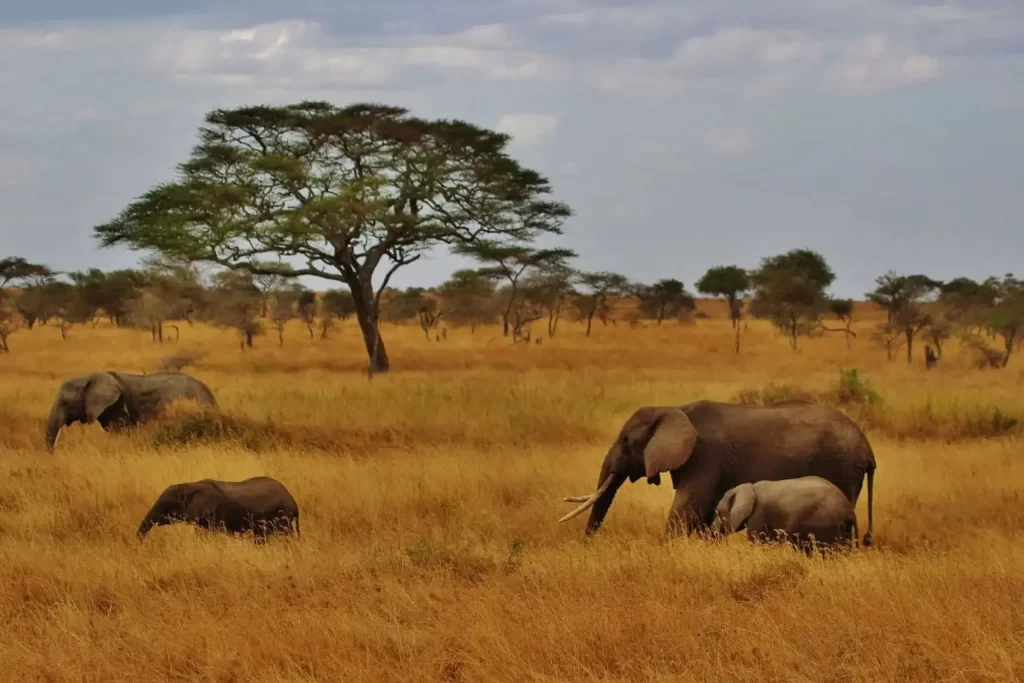
Dar es Salaam: The Gateway to Tanzania
Begin your adventure in Dar es Salaam, the largest city in Tanzania. Visit the National Museum, which houses artifacts from the prehistoric era to modern times, including items from the famous Olduvai Gorge.
Explore the vibrant markets such as Kariakoo Market, where you can experience local life and shop for traditional crafts.
Bagamoyo: A UNESCO World Heritage Site
Travel to Bagamoyo, a historic coastal town that was once a significant port for slave trade and ivory exportation.
Visit the Bagamoyo Arts and Cultural Institute and learn about the town’s history through guided tours of its colonial architecture and museums.
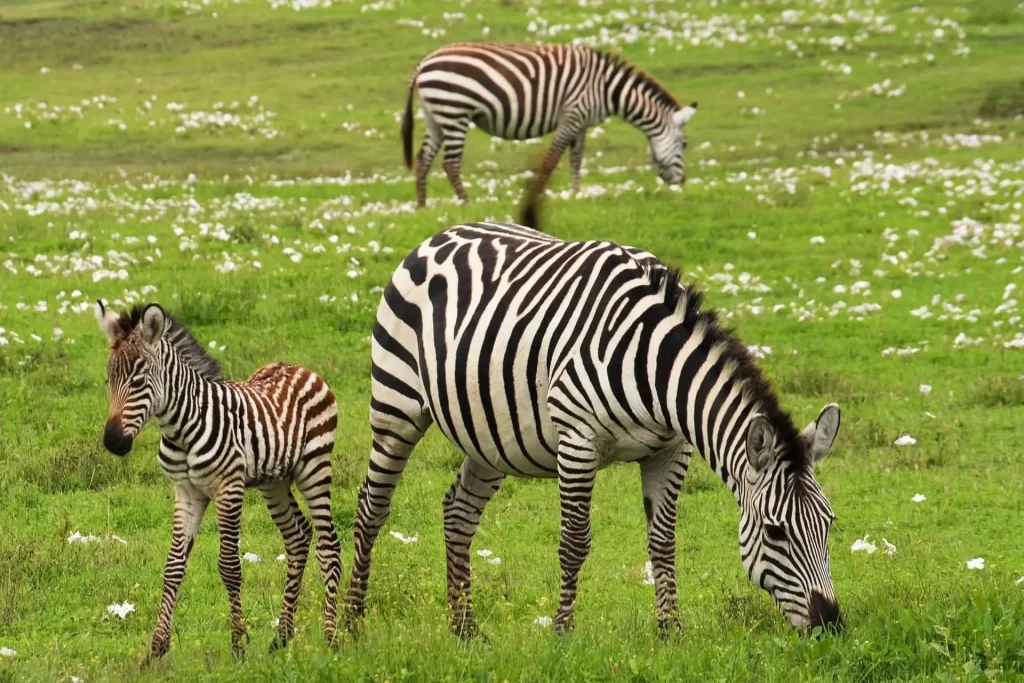
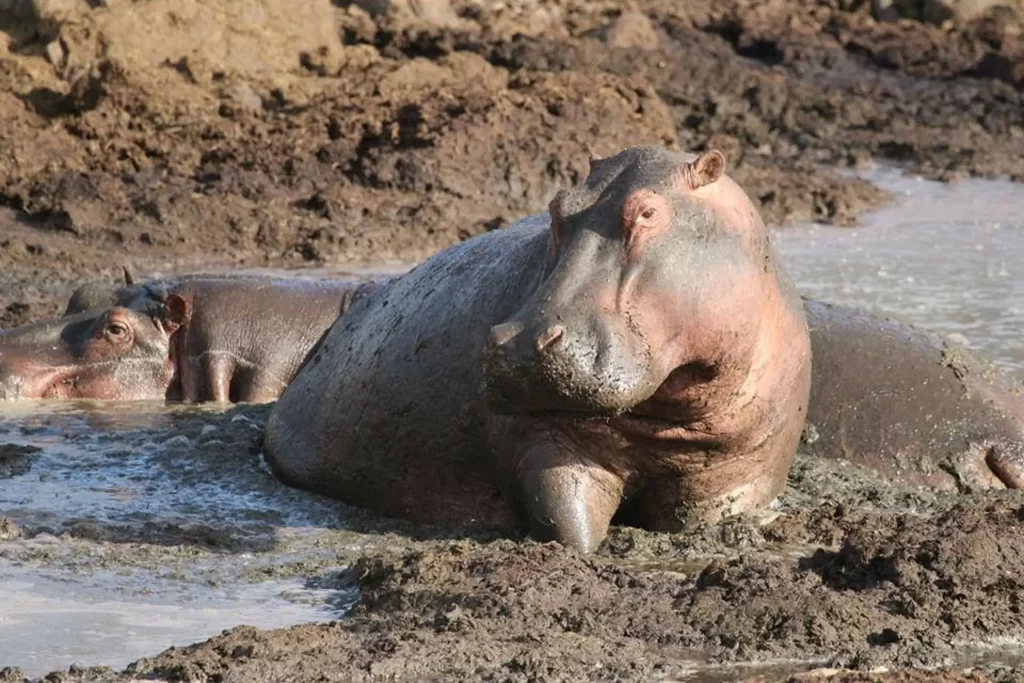
Stone Town, Zanzibar: A Melting Pot of Cultures
Fly or ferry to Zanzibar Island and explore Stone Town, another UNESCO World Heritage Site known for its winding alleys and rich history influenced by Arab, Persian, Indian, and European cultures.
Visit the House of Wonders (Beit el-Ajaib) and the Old Fort to understand Zanzibar’s role in trade networks across the Indian Ocean.
Arusha: The Cradle of Humanity
Visit Arusha National Park where you can see some of Tanzania’s stunning landscapes while learning about early human history at nearby archaeological sites like Olduvai Gorge.
Engage with local historians who will share insights into Tanzania’s ancient civilizations.
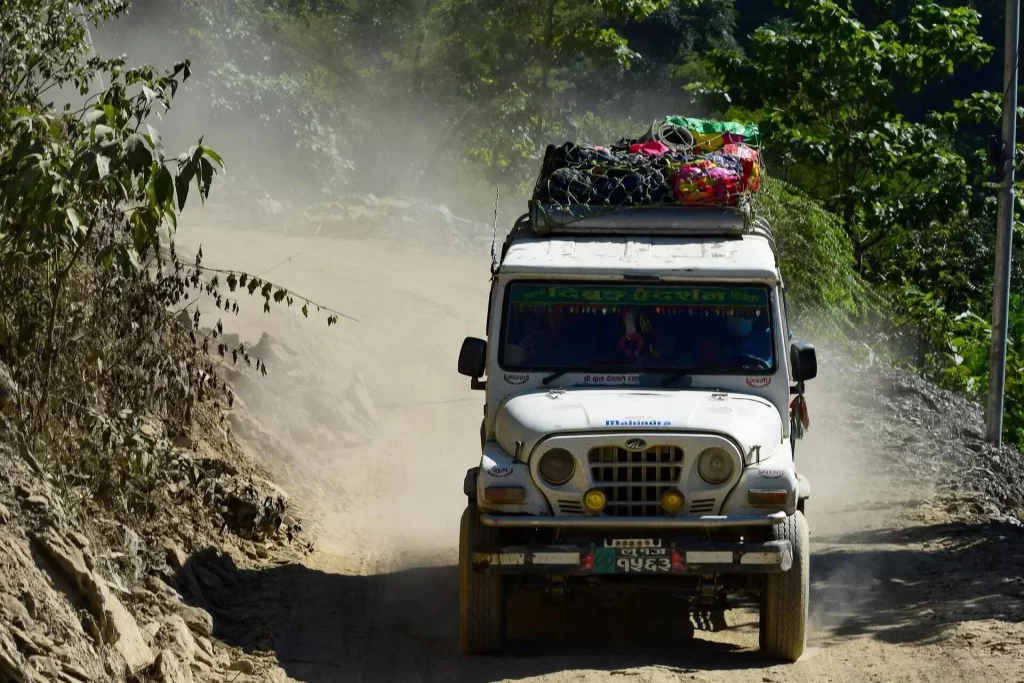

Ngorongoro Crater: A Natural Wonder with Historical Significance
Explore Ngorongoro Crater not only for its breathtaking scenery but also for its significance as a site where early hominids lived millions of years ago.
Participate in guided tours focusing on both wildlife conservation efforts and archaeological findings that highlight human evolution.
The Maasai Culture Experience
Journey into Maasai territory where you will have an opportunity to engage with one of Africa’s most iconic tribes. Participate in traditional dances, learn about their customs, and enjoy a meal prepared by local families.
Understand their pastoral lifestyle and how they coexist with wildlife in their natural habitat.
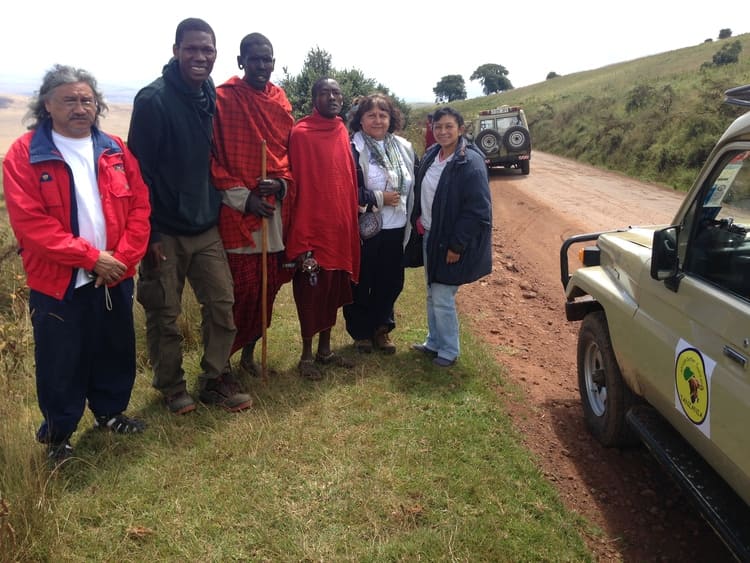
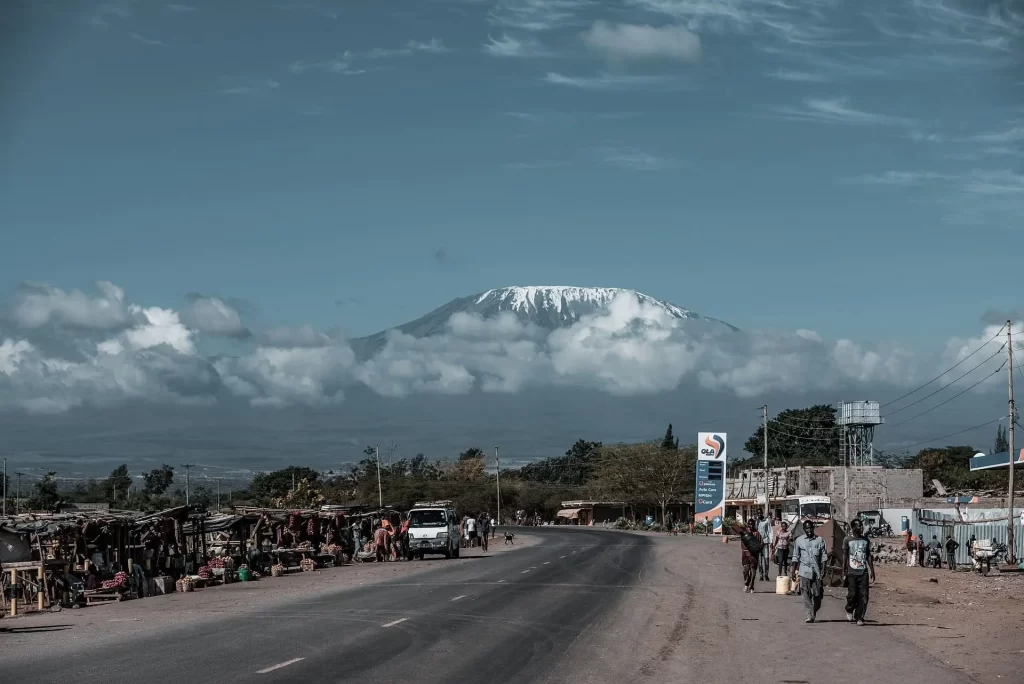
Cultural Engagement Activities
Attend workshops led by local artisans specializing in traditional crafts such as beadwork or wood carving.
Enjoy cooking classes featuring Tanzanian cuisine where you’ll learn how to prepare dishes using locally sourced ingredients.
Participate in community service projects that support local schools or health initiatives.
